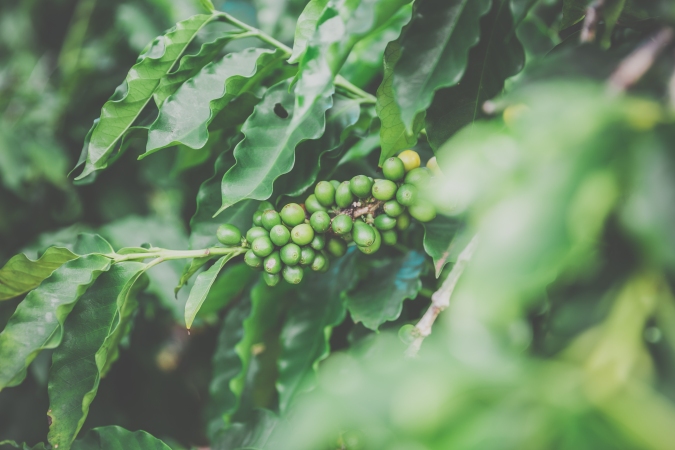Signs show that 2019 will bring even better results.
By William (Bill) Murray
President & CEO, National Coffee Association
The Brazilian coffee industry is flourishing.
The latest update from the Brazilian Coffee Exports Council (CECAFE) indicated 2018 was another bumper year for the largest producer and exporter of coffee in the world. “Statistics show that Brazil maintained its world leadership position and signs are that 2019 will bring even better results,” said Nelson Carvalhaes, Chairman of the Brazilian Exporters Coffee Council.
CECAFE’s recent update is full of interesting trends and statistics for coffee producers, connoisseurs, and consumers alike. And given Brazil’s scale in the global coffee market, updates from CECAFE always act as a useful barometer on the health of our industry overall.
Let’s take a look at the top four key takeaways:
1. Brazil is still king of coffee
If you’re a coffee drinker, odds are you drank Brazilian coffee in 2018. Brazil produced 28% of the coffee consumed globally last year, making it far and away the world’s largest coffee producer.
This share could increase even further in 2019.
Carvalhaes is setting his sights on 40% of the global market in the coming years, citing that “Brazilian coffee is the most sustainable in the world.”
Brazil is increasingly shifting towards high quality, certifiably sustainable coffees, with these differentiated coffees accounting for almost 18% of shipped coffee exports in 2018, increasing 21.3% from 2017.
2. Brazilian farmers saw an extraordinary bumper crop
Brazil exported over 35 million bags of coffee last year, a 14% jump on 2017. December alone was a record month, with exports of 3.7 million bags exported, up 22.5% over December 2017.
While Arabica coffee continues dominate, making over 90% of shipped coffee exports, Robusta coffee underwent a staggering over-738% increase in export volumes. With such growth, the cheaper to produce bean could be set for another stellar year in 2019.

3. Consumers are brewing up more demand
CECAFE cites that global consumption of coffee is growing at an average of 2% a year. Regionally, demand for Brazilian coffee is up the most in Asia and Oceania at 4.2%. Despite continued increases in global demand, Brazilian producers contended with a fall of 15% in the price of coffee exports, averaging $144.53 per bag. Despite the drop, foreign exchange revenues were down just 3%.
The United States continues to consume the most Brazilian coffee, bagging 17.6% of total exports at 6.2 million bags, but Germany is hot on its heels with 5.6 million bags (16%).
Those who drink Brazilian coffee are coming back for more: except for a slight drop in Russia, all top consuming countries increased their purchase of Brazilian coffee, with the UK’s consumption up by almost 100%.
4. Sustainability is a growing priority
Support for sustainable growing practices is growing. Through partnerships with organizations like the Global Coffee Platform, initiatives such as CECAFE’s “Informed Producer Program” have taught good farming practices to hundreds across Brazil – one of dozens of similar programs.
Overall, 2018 was a record year for the world’s largest coffee producer. As you consider your next cup of coffee to get you through day, there is a good chance it might just be Brazilian.
